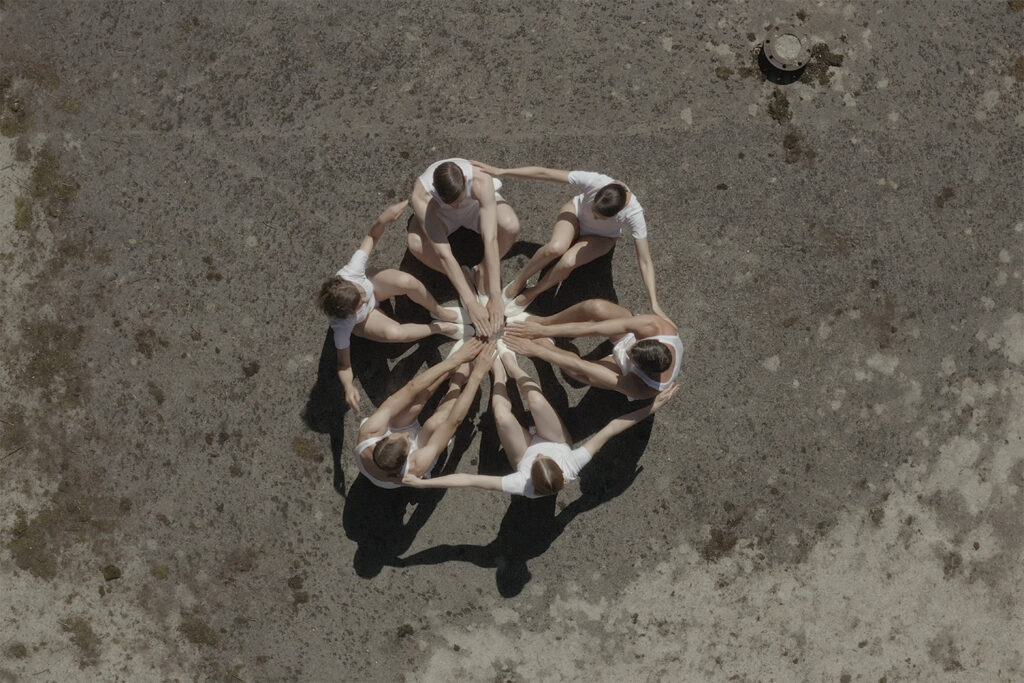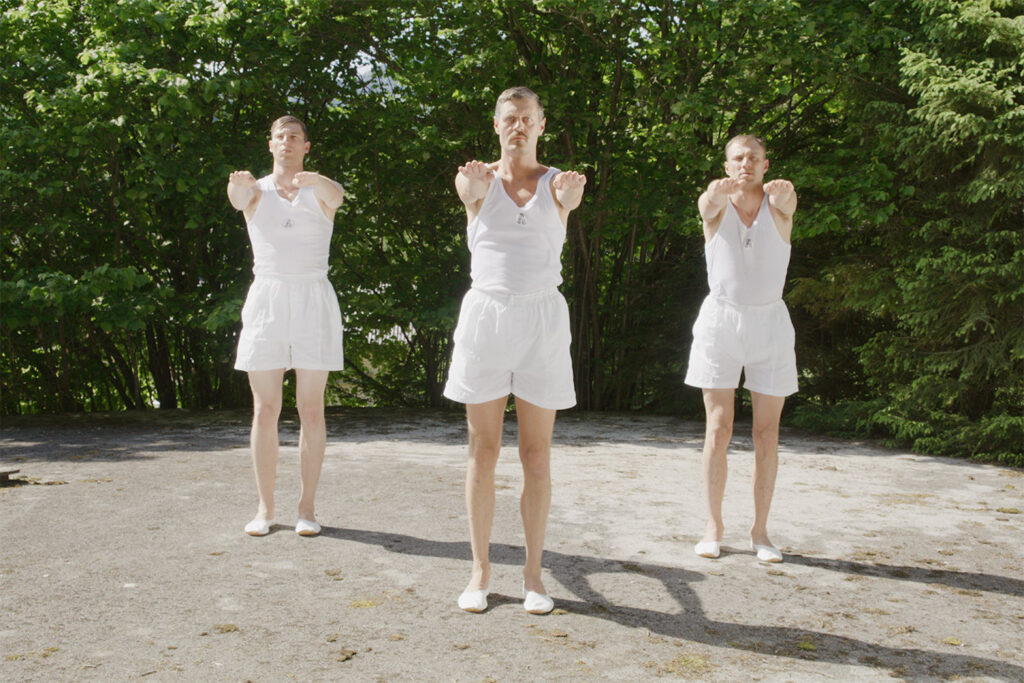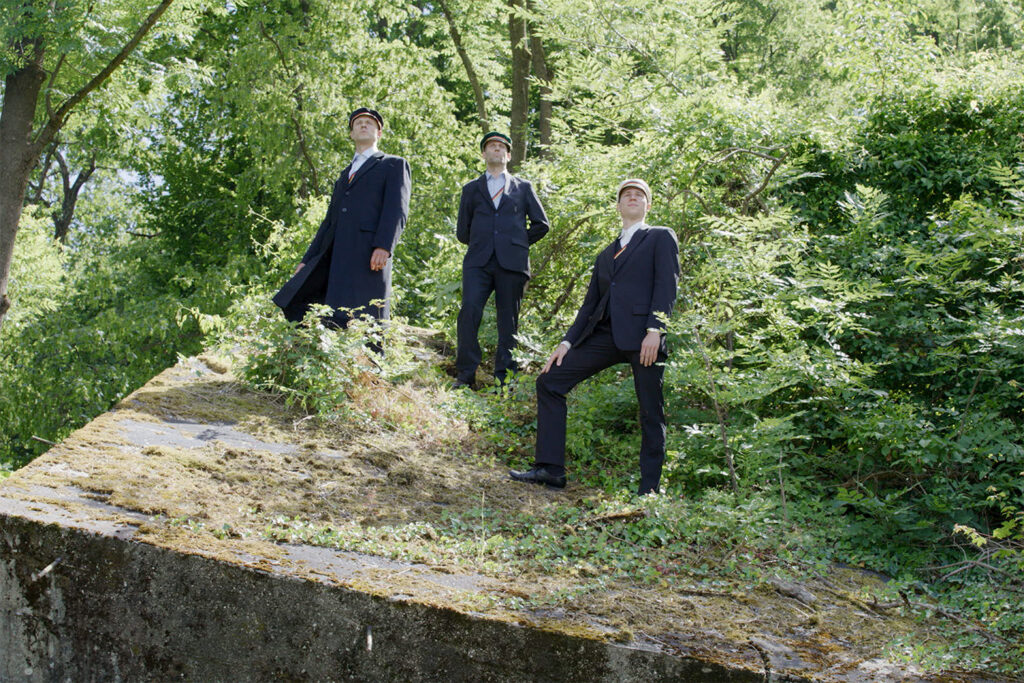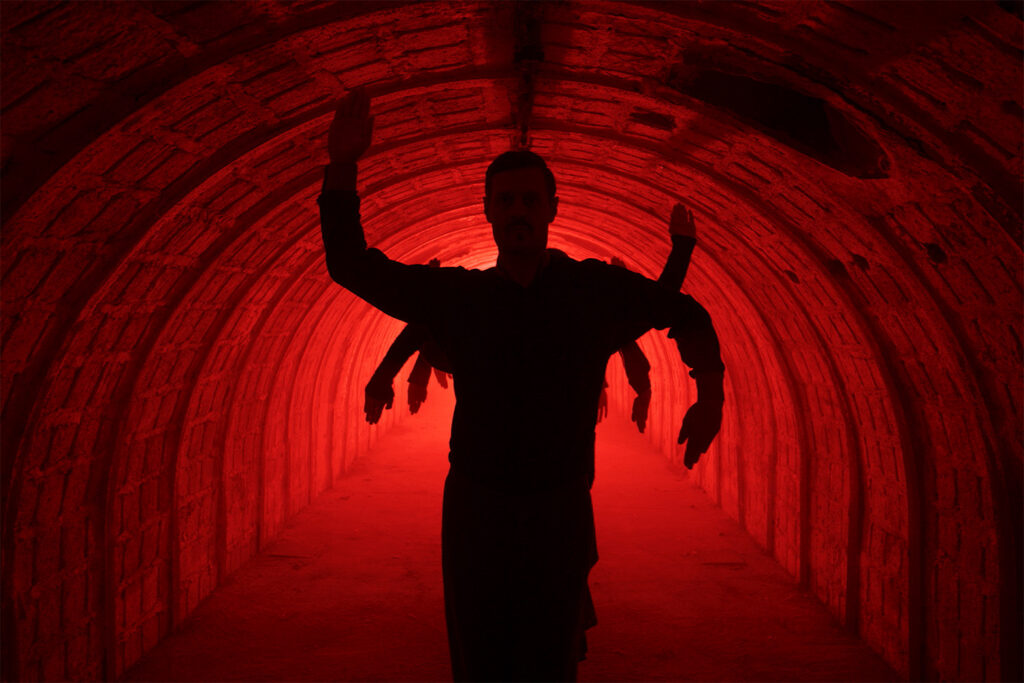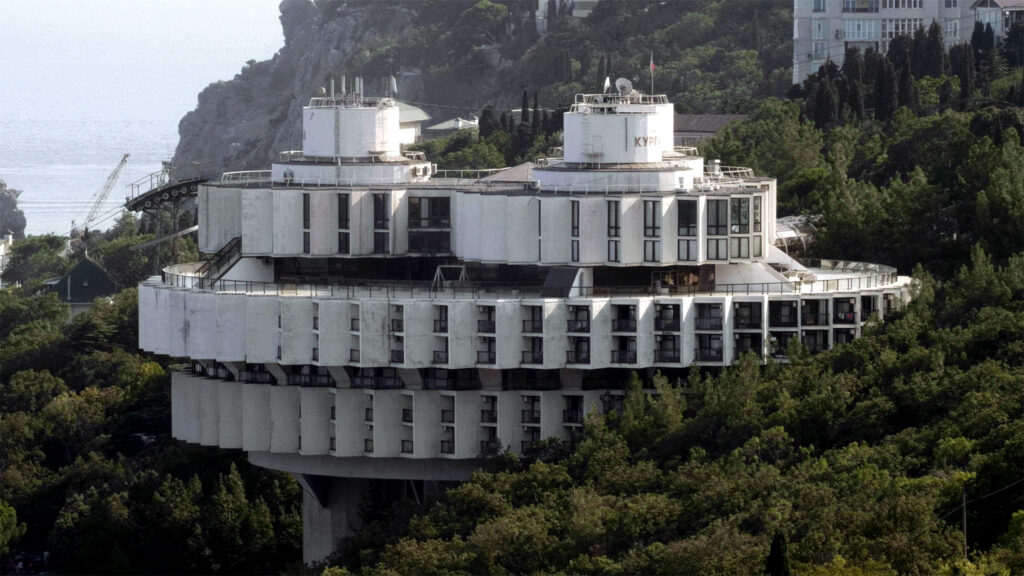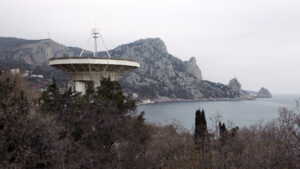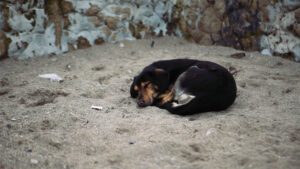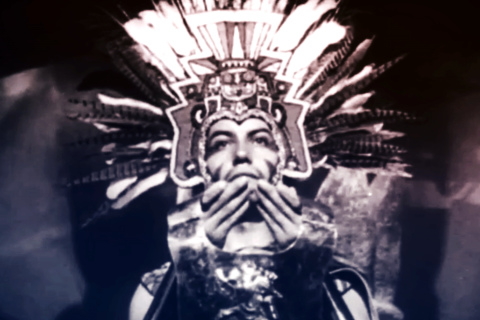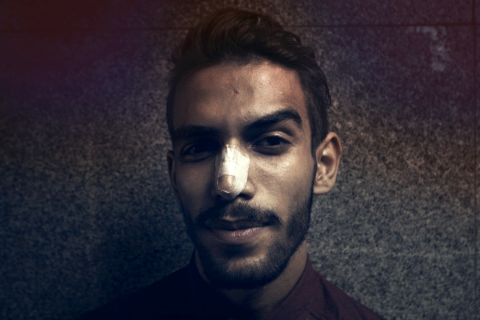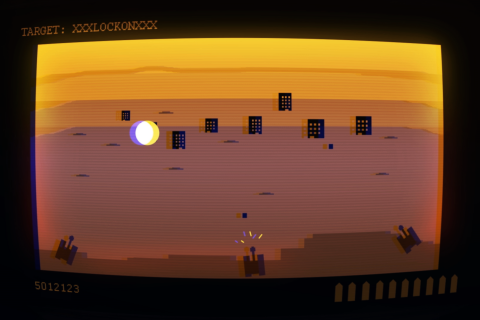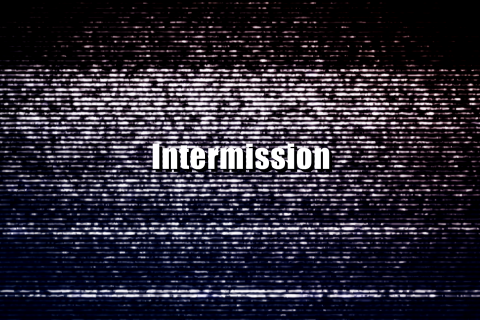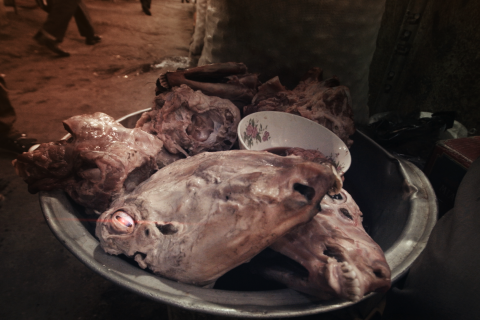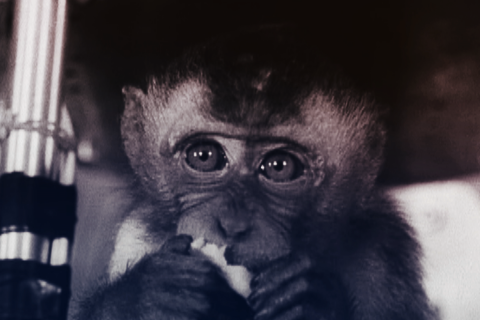UHD, 40 min, © Harald Hund 2023
In recent years, authoritarian tendencies have increased in many countries around the world and one small central Euro-pean country is no exception. For the time being, this development has been halted at the national level, after a new government was formed in Austria in 2019. Yet, four years after the Ibiza scandal an extreme right-wing party is once again gaining popularity and is currently even leading in the polls. One wonders what is wrong with the population’s political short-term memory when xenophobic slogans directed against immigrants and refugees have become entrenched in everyday discourse and become part of everyday speech. Forgotten are the corruption and self-enrichment of the former ruling, right-wing conservative coalition, which ran rampant in the shadow of the supposedly righteous fight against illegal migration. For years, journalists in the media have stressed the parallels between the early 20th and the 21st century. Have people learned nothing?
The 40 min film was shot at locations in Upper and Lower Austria where architectural ruins from the Nazi era are located. It poses the question of the extent to which right-wing ideology has taken root not only in the landscape, but also in people’s minds. Two federal states in Austria are now governed by a right-wing populist coalition of ÖVP and FPÖ.
